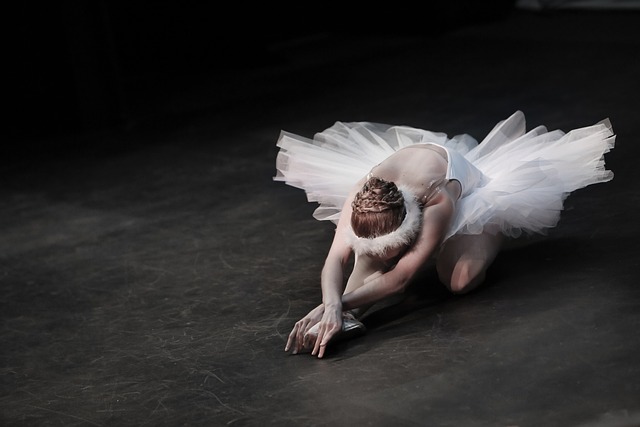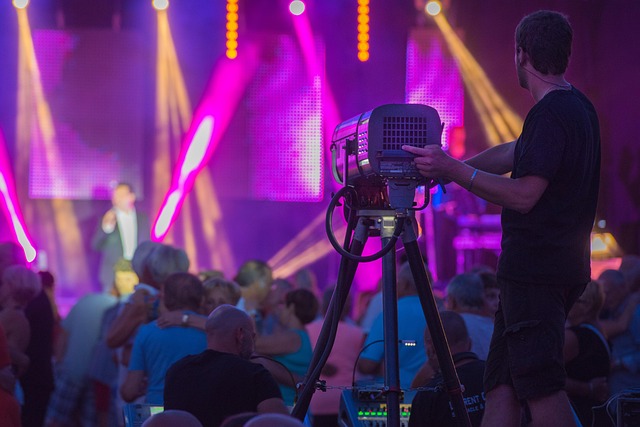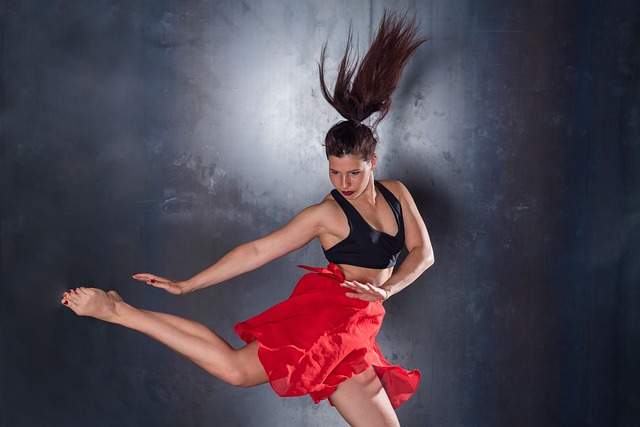In the vibrant world of theatre and the broader entertainment industry, stage movement serves as a critical tool that elevates performances and resonates deeply with audiences. It’s not merely about physical positioning; it’s about conveying emotion, building tension, and creating a connection that transcends words. Whether in an intimate play, a large concert, or a bustling festival, the mastery of stage movement can make or break a performance.
Consider a quiet scene in a dramatic play where a character’s subtle movements can speak volumes about their inner turmoil. A simple shift from one side of the stage to another can symbolize a character’s transition. This deliberate use of stage movement is essential. It invites the audience to invest emotionally, drawing them into an experience that feels personal and relatable.
In the realm of concerts and festivals, stage movement becomes a dynamic choreography that complements the music. Performers utilize space creatively to enhance their presence, with each step and gesture amplifying the rhythm of the music. The interplay of lights, sound, and movement creates a sensory overload that captivates the crowd. For instance, a dramatic leap from one side of the stage during a powerful chorus can elevate the energy of an entire arena, leaving fans breathless and fully immersed in the moment.
Similarly, in cinema, directors and actors utilize stage movement to enrich storytelling. Whether it’s a heart-pounding chase scene or a tender moment shared between lovers, how the characters traverse their environment impacts the audience’s perception and emotional response. The camera captures these movements, framing them in such a way that the viewer feels as if they are part of the narrative, experiencing every rush of adrenaline or pang of heartbreak closely.
Additionally, in the music industry, stage presence is everything. Artists who can command a stage with their movements often succeed in leaving lasting impressions. This is particularly evident during live performances, where the synergy between music and movement transforms a song into an unforgettable experience. Look at how famous artists often use strategic stage movement to engage their audience—moving closer to fans, dancing energetically, or even taking a moment of stillness to let a powerful lyric resonate.
The art of stage movement is about intentionality. Every gesture, every step, has a purpose that aligns with the overall message of the performance. Whether on the grand scales of stadium concerts or the intimate settings of a theatre, the connection between actors and audiences relies on an understanding of how movement can be used effectively to enhance storytelling. As entertainers continue to push the boundaries of stagecraft, the role of movement will undoubtedly remain vital in creating impactful experiences that linger long after the final curtain falls.
Embracing the nuances of stage movement is essential for anyone embedded in the entertainment industry. It helps artists communicate feelings that surpass the limitations of dialogue or melody, allowing them to express their truth in ways that are universally understood. Without it, performances risk becoming mere presentations devoid of emotion, leaving audiences wanting more.



